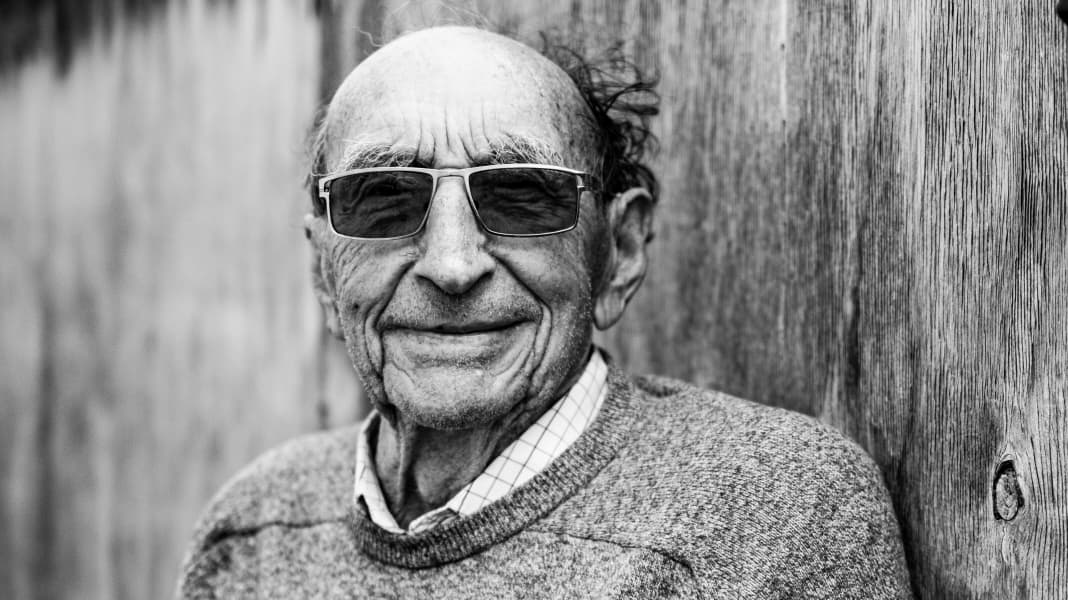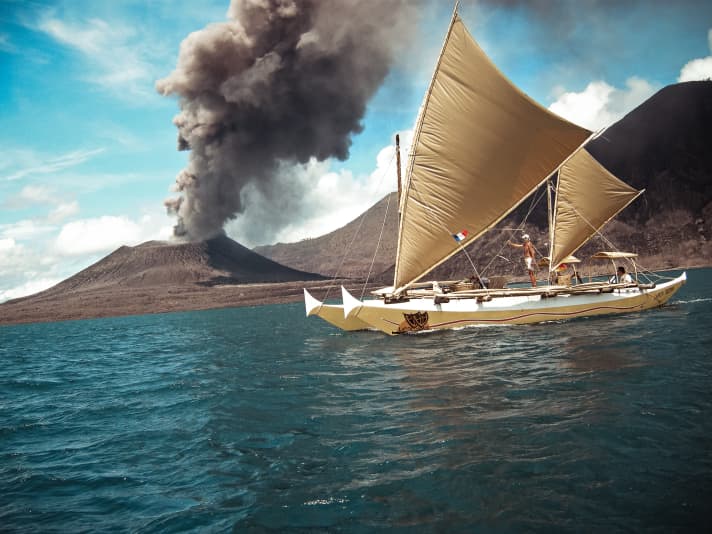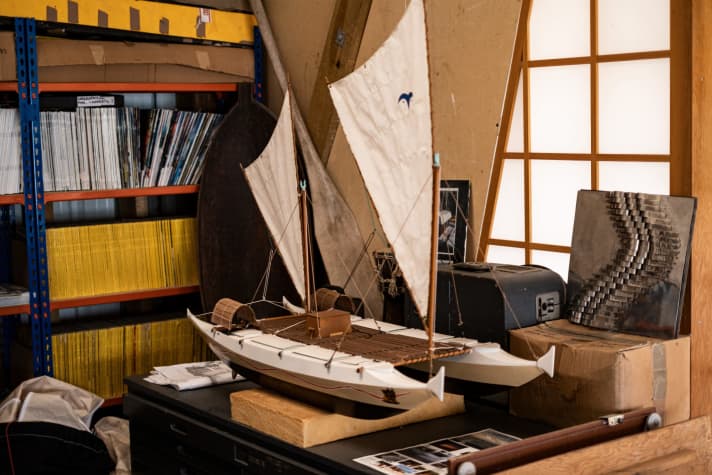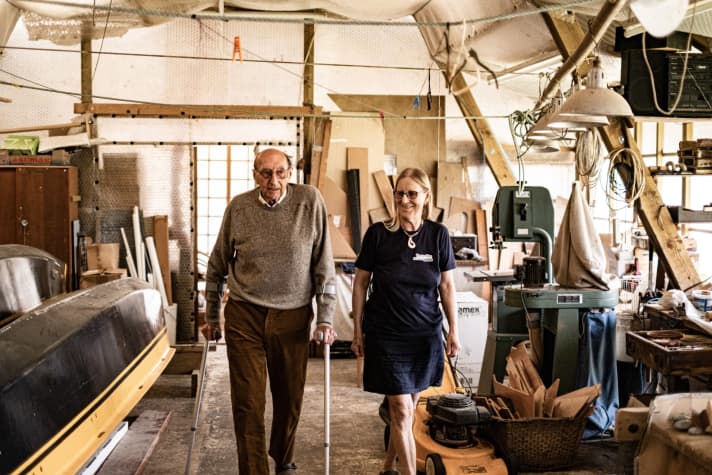
It was last summer on the English Channel, near the Isle of Wight, when I heard on the radio that the British had closed their borders due to the coronavirus and that anyone calling at an English harbour anyway would have to pay a fine of up to £10,000. Unsettled, I changed course and sailed through the night to Cherbourg. I had actually wanted to visit James Wharram and his wife Hanneke Boon in Cornwall in the south of England.
I got to know James during the Lapita Voyage expedition in 2008 and we hit it off straight away. The expedition had been organised by my father. The goal: to prove the colonisation of the Pacific from west to east with the help of two traditional Wharram catamarans.
When I joined them for one leg, the atmosphere between the two boats was at mutiny level. A clarifying discussion was needed, and James and Hanneke asked me, rather than my father, to come on board as a mediator. We actually managed to resolve the differences and the expedition ended up being a success.
James was already 80 years old by then - a tall, odd man who had retained something of a childlike demeanour. He liked to talk and talked a lot. He was someone who needed love and attention, as much of both as possible. But he also gave it back.

Because one woman was not enough for him, he lived with several women at the same time for years. Strong women. Apart from Hanneke, his last wife, the most important women in his life were two Germans, Ruth and Jutta. He built his first catamaran with both of them after the war and went on adventurous - and often unclothed - long voyages across the Atlantic with them. The book "Two girls, two Catamarans" is a must for every sailor's library.
James was a free spirit who broke all conventions, both privately and professionally. A pioneer and visionary who was way ahead of his time and who initially had to work against ridicule, malice and a lack of money.
Later, he could have utilised his knowledge and his head start more profitably. But he wanted to enable sailors with a small budget to build a "Wharram" according to his plans and realise their dreams.

The popularity of catamarans would not be where it is today without James. He recognised the potential of the twin-hulled boats when they were still found almost exclusively in Polynesia. And he was the first to prove that these boats were seaworthy. He almost failed many times, but his wives in particular helped him to overcome crises. They played a major part in his success - something James always emphasised.
I wanted to visit the Wharrams by boat once before in 2016, but the weather and time only allowed me to go as far as the Solent. So last summer, after two days in Cherbourg, I decided that if I wanted to see James again, I had to risk it now. So I sailed across the Channel again, first to Fowey and then to Falmouth. I was recovered and tested, and I left the rest to fate. Fortunately, only the harbour master came to collect the money.
James was sitting in the passenger seat of an old VW Bulli, wearing a leather hat, when Hanneke drove up to me honking her horn. Knowing that James was no longer completely healthy, I was pleasantly surprised. He still had the clear eyes, the firm voice and that special aura.
We drove to their cottage in the middle of wild nature, where Jamie, the son, also lives with his American girlfriend Liz in a self-built wooden house. There is no dining room, so we sat on sofas, cushions and wooden floorboards, and James raved about Ruth and Jutta, the German women without whom he would never have achieved what his name stands for today. He blossomed once again in the memory of an eventful life, in gratitude and humility. I listened spellbound, asked questions and savoured every moment of our last meeting, knowing that I was sitting opposite a truly special person.
James Wharram has died, a man who lived his dreams and inspired the world. And of whom there are unfortunately too few.
I'm sure he left with a smile.



